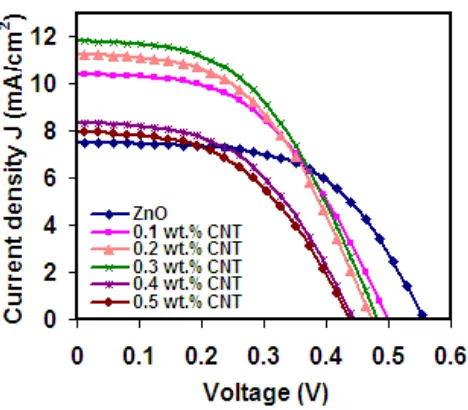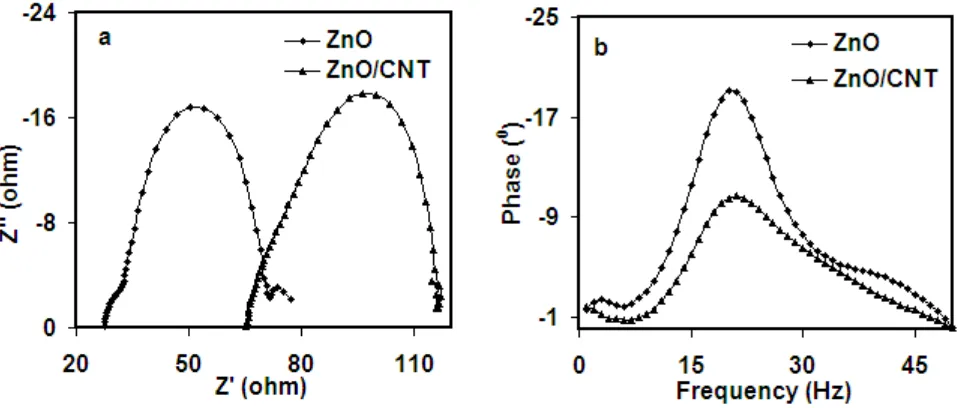Incorporation of Multi-Walled Carbon Nanotubes in ZnO for Dye Sensitized Solar Cells
Full text
Figure




Related documents
A single crossover in either interstitial segment, followed either by alternate or adjacent 1 segregation results in the third recognizable spore quartet type having two
Um zu klären, ob die für den 5-m-HTI Grundkörper beschriebenen kinetischen Trends der Photoreaktion verallgemeinert werden können, wurden
Cane sugar syrup ( 60 % ) is a better carrier than Glycerol. The degradation of Thiamine in solution is accelerated by Sodium Hydro Sulphite, Potassium Metabisulphite and
biodiesel and Diesel for different proportions are shown in the Figure3-1 A, B, C respectively. From the trend of brake thermal efficiency with various
The unit status processor takes the immediate status of the unit specified.. A program requested by SCHDLE is executed only when it is the oldest waiting task
ACCOLC = access overload control for cellular radio telephones; GICU, general intensive care unit; MIP, major incident plan; RGHT, Royal Group Hospitals Trust; TCH, Tyrone
Conclusions: On the basis of current metazoan phylogeny, these 39 groups represent the minimum complement of C2H2 zinc-finger genes present in the genome of the bilaterian
Five layers are observed in accordance with node function; the input signal of DNA damage (green), upstream of p53 (yellow), the network hub, p53 contained within the crucial

